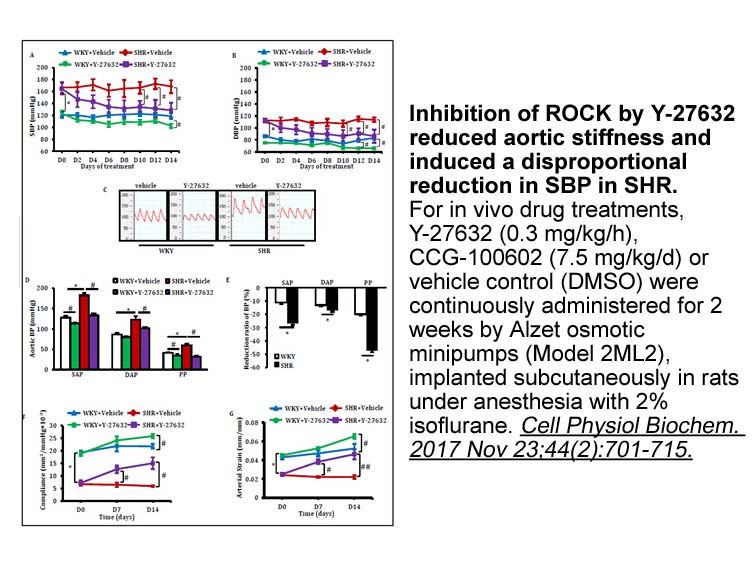Archives
OS has a key role in the pathogenesis of
OS has a key role in the pathogenesis of micro- and macrovascular diabetic complications [3]. There is now convincing evidence that the enzymes that generate ROS and gasotransmitters, such as nitric oxide (NO) and CO, are redox regulated at both the transcription and activity levels, and are also implicated in cellular signaling. Cells and tissues produce significant amounts of CO as an end product of cellular metabolism, largely from heme degradation catalyzed by microsomal HOs.
Heme proteins have a major role in various biological functions and most of the reactions involving heme are redox reactions of the heme iron group. Heme is released from hemoproteins during red blood cell (RBC) destruction and is metabolized by HOs. Two isoforms of HO have been described: HO-1, which is upregulated in response to diverse types of stress, principally in the spleen and liver; and HO-2. HO-1 generates signaling molecules through the catalysis of heme (CO, biliverdin, BR, and iron), each of which acts via separate molecular targets to affect cell function, both locally and distally. An excess of heme is deleterious to cells because of iron-induced pro-oxidant effects on all compounds within each cell. These toxic effects are caused by iron catalyzing the Fenton reaction.
BVR has two isoforms, BVR-A and BVR-B. Although the specific role of BVR-B is currently unknown [4], BVR-A reduces HO-derived biliverdin into BR [5]. Research has shown that the HO and BVR systems are closely involved in cellular equol to OS and the anti-inflammatory response. Under some circumstances, normal homeostatic regulatory mechanisms may be overwhelmed by the production of ROS and reactive nitrogen species (RNS), such as NO and peroxynitrite (ONOO, with input from co-factors The mechanisms involved in these events are multifactorial and it is assumed that, among the different factors, the endogenous production of gas mediators may also have a role. Indeed, much attention has focused on the various physiological functions of ‘biological gases’, such as dioxygen (O2), hydrogen disulfide (H2S), NO, and CO.
Reactive Oxygen Species, Reactive Nitrogen Species, and Oxidative Stress
ROS are generated in endothelial cells and the major sources of these superoxide anions include NADPH oxidases (NOXs), xanthine oxidases, cyclooxygenases (COXs), mitochondria, and, under certain conditions, endothelial NO synthases (NOS) [6]. The major RNS is endothelium-derived NO, a potent gaseous mediator that is widely recognized as a key element of endothelial function and is produced by endothelial NOS (eNOS). NO has potent vasodilator, anti-inflammatory and antithrombotic properties 7, 8. Under physiological conditions and in the presence of substrate (L-arginine) and co-factors (tetrahydrobiopterin; BH4), eNOS produces NO [6]. One potential interaction is the accumulation of an endogenous competing inhibitor of eNOS, asymmetric dimethylarginine (ADMA). High circulating levels of ADMA could, at least partly, result from the development of early OS [9]. A high serum ADMA level is associated with the initial signs of vascular dysfunction and insulin resistance in T2DM 10, 11.
Heme Oxygenases, Oxidative Stress, Inflammation, and Diabetes
In vivo studies of the anti-inflammatory effect of CO can be subdivided into those investigating direct exposure to CO and those using HO-1 transfection and induction. Overexpression of HO-1 induces favorable effects in various experimental models of inflammation. The mechanisms of its immunomodulatory functions are currently being investigated. Targeted HO-1 induction in myeloid and endothelial cells has major anti-inflammatory therapeutic potential. Therefore, researchers have focused on identifying and characterizing pharmacological compounds that induce HO-1 in cells [28].
HO-1 expression in endothelial cells leads to decreased expression of vascular cell adhesion molecule-1 (VCAM-1) and proinflamma tory cytokines (Monocyte chemoattractant protein-1; MCP-1). Upon activation of endothelial cells, blood macrophages are recruited to the site of injury, attach to the endothelium, and transmigrate to the subendothelial space, where they differentiate into macrophages. HO-1 is upregulated in macrophages during the development of inflammation in atherosclerotic lesions. Furthermore, different macrophage subtypes were recently reported in which HO-1 expression may have a part in modulating their potential role in lesion formation within vessels [34].
tory cytokines (Monocyte chemoattractant protein-1; MCP-1). Upon activation of endothelial cells, blood macrophages are recruited to the site of injury, attach to the endothelium, and transmigrate to the subendothelial space, where they differentiate into macrophages. HO-1 is upregulated in macrophages during the development of inflammation in atherosclerotic lesions. Furthermore, different macrophage subtypes were recently reported in which HO-1 expression may have a part in modulating their potential role in lesion formation within vessels [34].